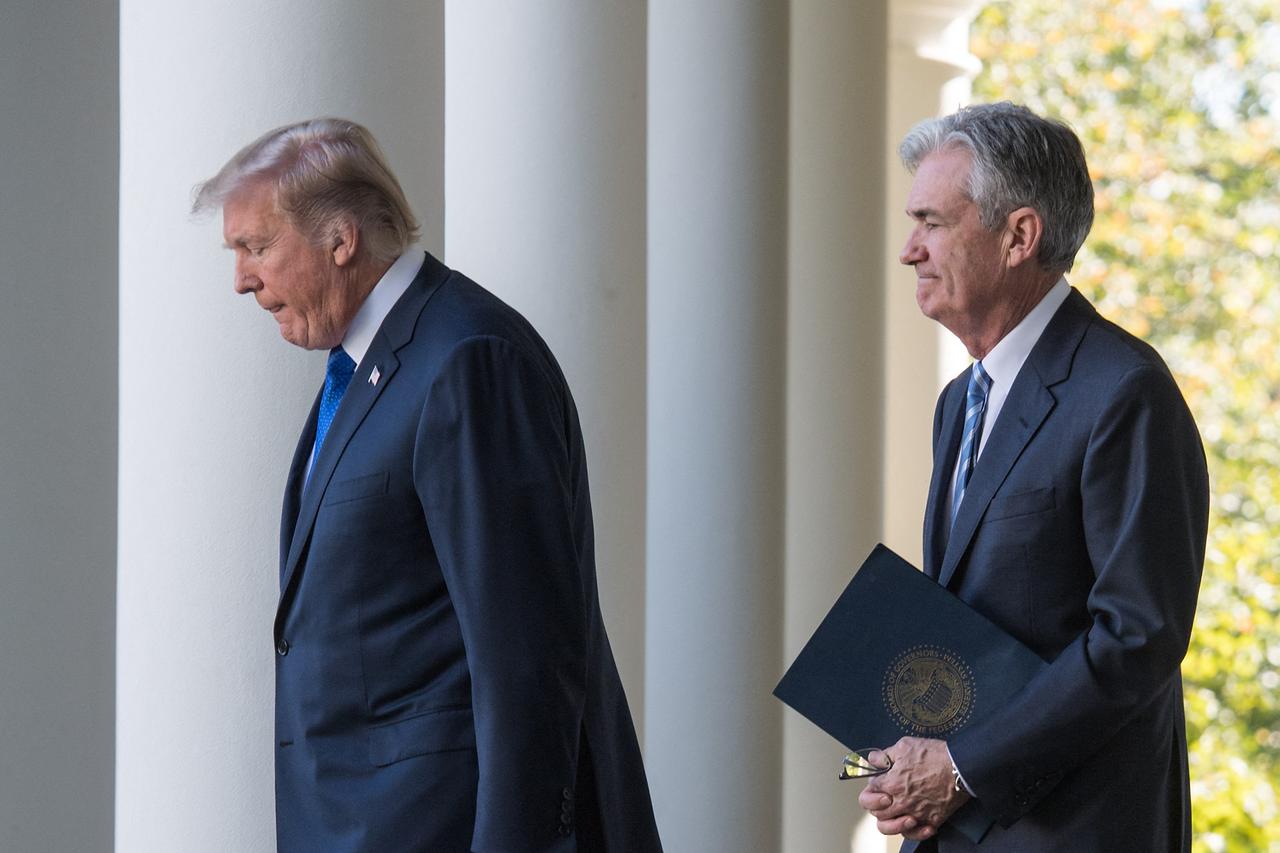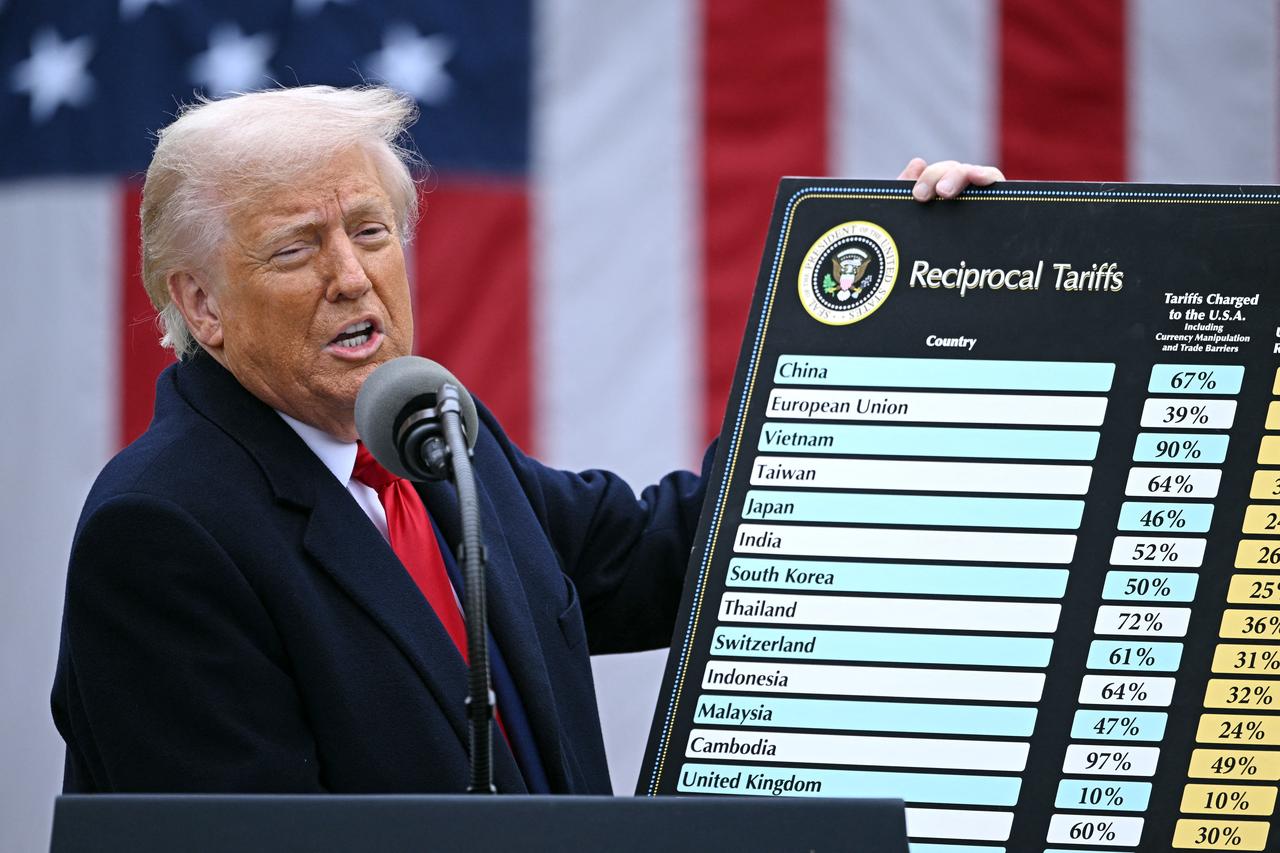
United States President Donald Trump on Thursday intensified his pressure on Federal Reserve Chair Jerome Powell to lower interest rates, during their first formal meeting since Trump’s return to the White House in January.
Trump, who originally nominated Powell to lead the central bank in 2017, has recently escalated his criticism, accusing the Fed chief of being “too slow” to cut rates and spur economic growth.
During the meeting, Trump told Powell that he was “making a mistake by not lowering interest rates,” White House Press Secretary Karoline Leavitt said at a press briefing. Trump argued that maintaining high interest rates placed the United States at an “economic disadvantage” compared to countries like China, she added.

The Federal Reserve, in a separate statement issued Thursday, said Powell had defended the central bank’s independence on monetary policy and reiterated that interest rate decisions would be based entirely on economic data.
“Chair Powell did not discuss his expectations for monetary policy, except to stress that the path of policy will depend entirely on incoming economic information and what that means for the outlook,” the Fed said.
Powell also emphasized that the Federal Open Market Committee would base its decisions on “careful, objective, and non-political analysis,” the statement added.
The rare face-to-face meeting, which Trump called to discuss “economic developments including for growth, employment, and inflation,” marked a renewed push from the president to influence central bank policy.
The Fed has held rates steady in recent months, awaiting clearer signals on inflation and labor market trends. Powell and other Fed officials have repeatedly signaled that rate cuts would only come when economic indicators warrant it.
Thursday’s meeting was the first between Trump and Powell since the president began his second term in office. The two also met multiple times during Trump’s first term, during which the president frequently criticized Powell publicly — often via social media — for not cutting rates fast enough to boost growth.